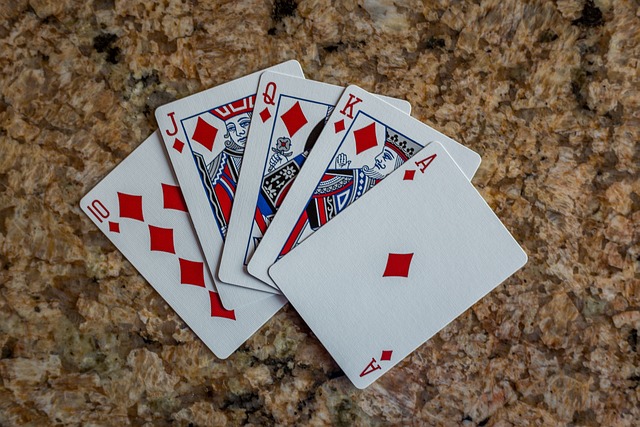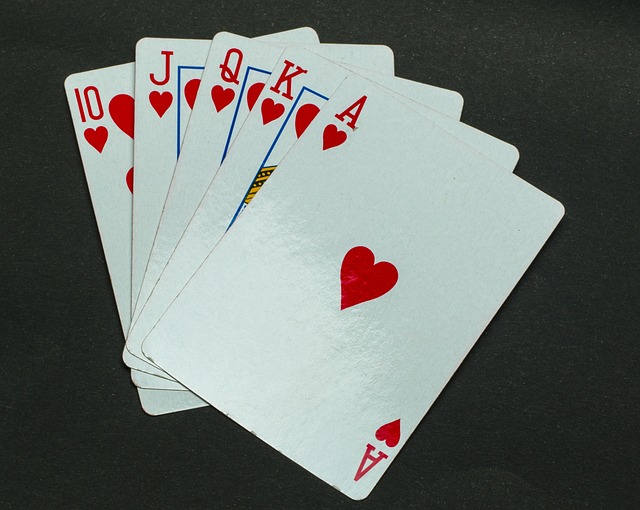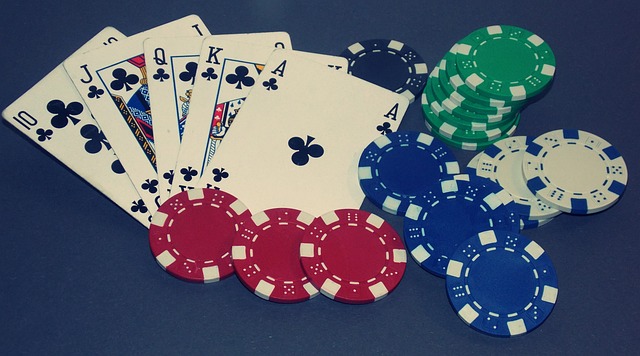Craps is a thrilling and fast-paced casino game that has captivated gamblers for generations. The game’s appeal lies not only in its simplicity but also in its strategic depth. While it may seem intimidating to newcomers, understanding the various betting strategies can help you maximize your odds and enhance your overall craps experience. In this comprehensive guide, we will explore different craps betting strategies to help you make informed decisions at the dice table and potentially increase your chances of winning.
Before we move forward, when exploring craps betting strategies, it’s essential to choose the right casino venue. Bizzo Casino, known for its excellent gaming options and player-friendly environment, is a prime example of a casino that can enhance your craps experience.
The Basics of Craps
Before diving into the intricacies of craps betting strategies, let’s review the fundamental rules of the game. Craps is typically played with two six-sided dice, and the objective is to predict the outcome of the roll or a series of rolls. Players take turns rolling the dice, and you can bet on various outcomes, such as the sum of the dice, specific numbers, or even combinations.
Craps offers a wide range of betting options, but understanding the basics is crucial before delving into advanced strategies. The two primary bets in craps are the “Pass Line” and the “Don’t Pass Line” bets. These bets are essential components of most betting strategies, making them the perfect starting point for newcomers and seasoned players alike.
The Pass Line Bet
The Pass Line bet is one of the most straightforward and commonly used bets in craps. To place a Pass Line bet, simply wager on the “Pass Line” before the come-out roll (the initial roll of the dice). If the shooter rolls a 7 or 11, you win; if they roll a 2, 3, or 12 (known as “craps”), you lose. Any other number rolled (4, 5, 6, 8, 9, or 10) establishes a “point.”
Once a point is established, the goal is to roll the same number again before rolling a 7. If the shooter rolls the point, Pass Line bets win; if they roll a 7, Pass Line bets lose. The Pass Line bet has a relatively low house edge of around 1.41%, making it an attractive option for beginners and experienced players alike.
The Don’t Pass Line Bet
Conversely, the Don’t Pass Line bet is essentially a bet against the shooter. You place this bet before the come-out roll, and it wins if the shooter rolls a 2 or 3 (winning immediately), and loses if the shooter rolls a 7 or 11. Rolling a 12 results in a push (a tie), with no money changing hands.
Once a point is established, the Don’t Pass Line bettor wins if the shooter rolls a 7 before hitting the point, but loses if the point is rolled first. The Don’t Pass Line bet comes with a slightly lower house edge than the Pass Line bet, at approximately 1.36%.
Combining Pass Line and Don’t Pass Line Bets
Some craps betting strategies recommend combining Pass Line and Don’t Pass Line bets to minimize losses and maximize potential wins. This approach is often referred to as “hedging.” By betting on both outcomes, you reduce the impact of the come-out roll, ensuring that you win or push regardless of whether the shooter establishes a point or rolls a craps number.
While this strategy can minimize losses, it also limits potential profits since you’re essentially canceling out your bets. It’s essential to find the right balance between Pass Line and Don’t Pass Line bets that aligns with your risk tolerance and bankroll.
The Come Bet

The Come bet is similar to the Pass Line bet but can be placed after a point is established. It’s an excellent option for players who miss out on the initial come-out roll. To place a Come bet, simply wait for the shooter to establish a point, then place your bet in the designated “Come” area of the craps table.
Once your Come bet is in play, the next roll of the dice becomes the Come bet’s come-out roll. If the shooter rolls a 7 or 11, your Come bet wins. Rolling a 2, 3, or 12 results in a loss. Any other number rolled becomes the Come bet’s point, and you win if that number is rolled again before a 7.
The Don’t Come Bet
The Don’t Come bet is the inverse of the Come bet, as it is placed against the shooter. It wins if a 2 or 3 is rolled after the bet is placed, loses if a 7 or 11 is rolled, and results in a push if a 12 is rolled. Similar to the Don’t Pass Line bet, the Don’t Come bet can be a strategic choice for those looking to bet against the shooter.
The Place Bet
Another popular craps bet is the Place bet, where you wager on specific numbers (4, 5, 6, 8, 9, or 10) to be rolled before a 7. Each number has its odds of winning and corresponding payouts. The Place bet offers relatively favorable odds, with the house edge varying depending on the chosen number.
The Field Bet
The Field bet is a straightforward and fast-paced craps wager. In this bet, you predict that the next roll will be a 2, 3, 4, 9, 10, 11, or 12. If your prediction is correct, you win; otherwise, you lose. The Field bet typically offers a decent payout, but it comes with a slightly higher house edge of around 5.56%.
The Hardway Bet

The Hardway bet involves predicting that a specific number (4, 6, 8, or 10) will be rolled as a “double” before it’s rolled as a “non-double” or before a 7 is rolled. For example, if you place a Hardway bet on 6, you’re betting that the shooter will roll two 3s (a “hard 6”) before rolling a 5 and a 1 or a 4 and a 2 (a “soft 6”). Hardway bets offer attractive payouts but come with higher house edges.
The Big 6 and Big 8 Bets
The Big 6 and Big 8 bets are straightforward wagers where you predict that a 6 or 8 will be rolled before a 7. While these bets may seem tempting due to their simplicity, they offer lower payouts and higher house edges than other craps bets, making them less favorable choices for serious players.
The Odds Bet: Your Secret Weapon
One of the most powerful tools in a craps player’s arsenal is the Odds bet. This bet can be placed in conjunction with Pass Line, Don’t Pass Line, Come, or Don’t Come bets after a point is established. What makes the Odds bet so compelling is that it has no house edge, meaning you’re betting on a true probability.
For example, if you place a Pass Line bet and the point is 4, you can then place an Odds bet, effectively doubling down on your original wager. The payout for the Odds bet depends on the point number, with 2:1 for points of 4 or 10, 3:2 for points of 5 or 9, and 6:5 for points of 6 or 8.
The key to maximizing your odds at the dice table is to take full advantage of the Odds bet. Betting the maximum allowable Odds bet can significantly reduce the overall house edge on your combined bets.
